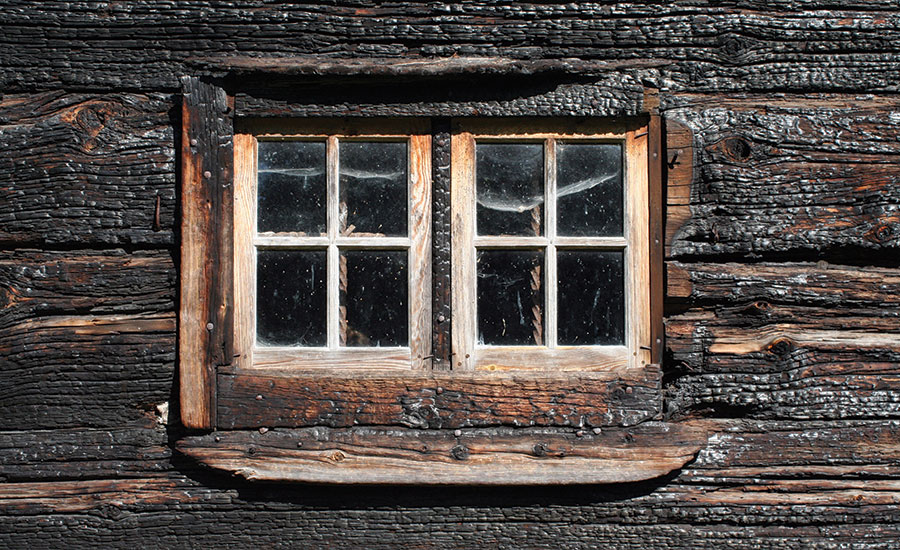6 Steps to Get Fire-Damaged Windows Squeaky Clean

Cleaning windows affected by fire damage can be very time consuming. If you are lucky enough to get a job where the windows actually lift out or fold in for cleaning, then you’ve got it easier than most of us.
The first thing you will need to do before any cleaning begins is thoroughly inspect the window for damage like a broken seal, warped areas or heat cracks. If any of these things exist, the window will need to be replaced not cleaned.
Necessary Tools
|
Regardless of the type of window (wood, metal or vinyl) you are dealing with, the cleaning procedures are basically the same. Most of the time, you’ll be dealing with vinyl.
Let’s walk through this process, step by step.
Step 1: Vacuum out the window sill, frame and runner to remove any loose, dry particles.
Step 2: Wipe the sill, runner and frame with a microfiber cloth using a mild degreaser. Always start with the mildest cleaner you feel will get the job done, then step up to a more aggressive cleaner if a test area doesn’t come clean with the first product.
Step 3: Keep cleaning, scrub, scrub, scrub! This step might take some time if there is a lot of greasy residue and soot to remove. Cotton swabs are great during this process. Be sure to clean all the tiny crevices and hard-to-reach places. Using something as small as a cotton swab (aka Q-Tip) may sound overkill, but trust me when I say the client will see the difference.
What if the windows are wood? If the windows are wood, you may need to use a wood cream product on heavily damaged areas. However, take care when you apply the wood cream as it can be quite difficult to get out of small areas. Again, cotton swabs will help you get rid of any oily residue left behind. You may also want to use a chem sponge for light contamination and skip the wet cleaning stage when possible on wood windows.
Step 4: Deodorize! You can do this by using a microfiber cloth dipped in an odor counteractant. The cloth needs to be good and damp, but not dripping. Your goal here is to touch every surface of the window you can to make sure everything gets damp.
Step 5: Rinse the window, sill and runner with a hot water on a microfiber cloth to wipe off any excess.
Step 6: Use a window cleaner to clean and shine the glass!
Cleaning a window takes a lot of attention to detail. In a heavy contamination situation, you want to be sure to test each window in a small area to make sure you will be successful cleaning it.
Also, be sure to adjust your structure cleaning scope accordingly so you are paid appropriately for your work.
Looking for a reprint of this article?
From high-res PDFs to custom plaques, order your copy today!









